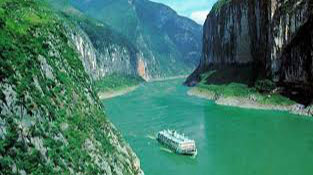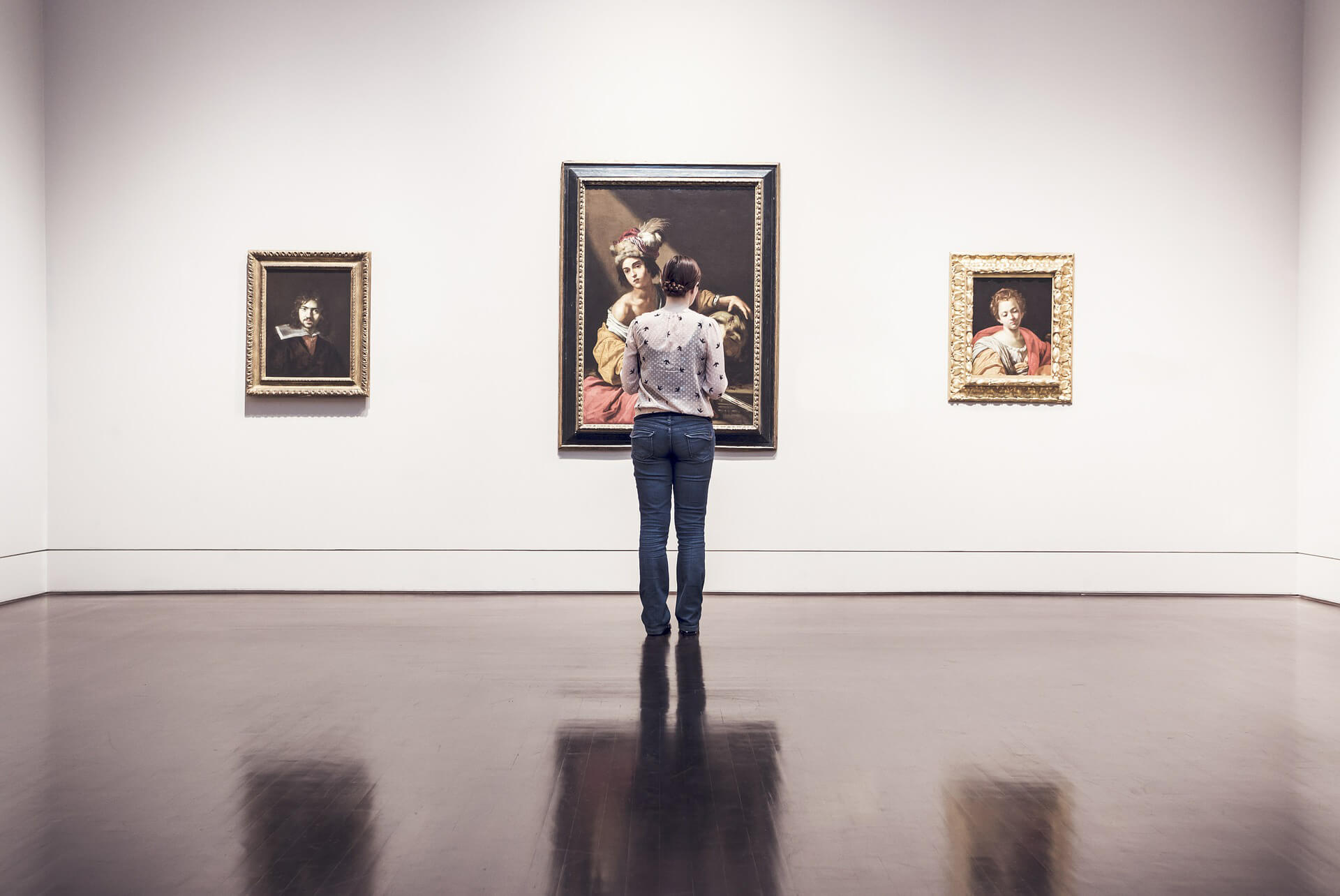Loess Plateau (covers Shaanxi, Shanxi, Ningxia, part of Inner Mongolia, Qinghai, Gansu, and Henan) was once the cradle of Chinese civilization. In centuries, it had very rich and productive land and deep forests, and could support population growth up to the Yuan dynasty. In the Ming and Qing dynasties, it went through several large-scale deforestation, and frequent overgrazing by cattles and goats. The land lost its vegetation cover and had serious soil erosion. By the time of the Sino-Japanese War and the civil war that followed, the area had very few trees and bare landscape. The land could barely support farming and few villages in desolate conditions.
In 1999, the government started the Loess Plateau restoration project(黄土高原退耕还林). It was an arduous and far-reaching project. In order to improve the environment, people carried out large-scale afforestation activities. They chose the tree species suitable for local growth and adaptable to the arid and poor soil. The planners and organizers also invented different farming strategies for different land conditions. For the lower land, ravines and gullies, the farmer would build dams to hold the runoff and retain the topsoil. For the hill side with higher gradients, the farmer would convert the land to orchid for planting fruit trees. For the lands with lower gradients, the farmer would build terraces. The organizers then organized the villagers in active participation. They divided the lands equally among the villagers and gave them responsibility for cultivating the land according to the strategy. After years of hard work, the face of the Loess Plateau has gradually changed, the vegetation coverage rate has continued to increase, and the ecological environment has been significantly improved. Today, green gradually covers most of the plateau, and the mountains and rivers have become more beautiful. The project not only brings better living conditions to the local people, but also makes important contributions to protecting the ecological environment.




